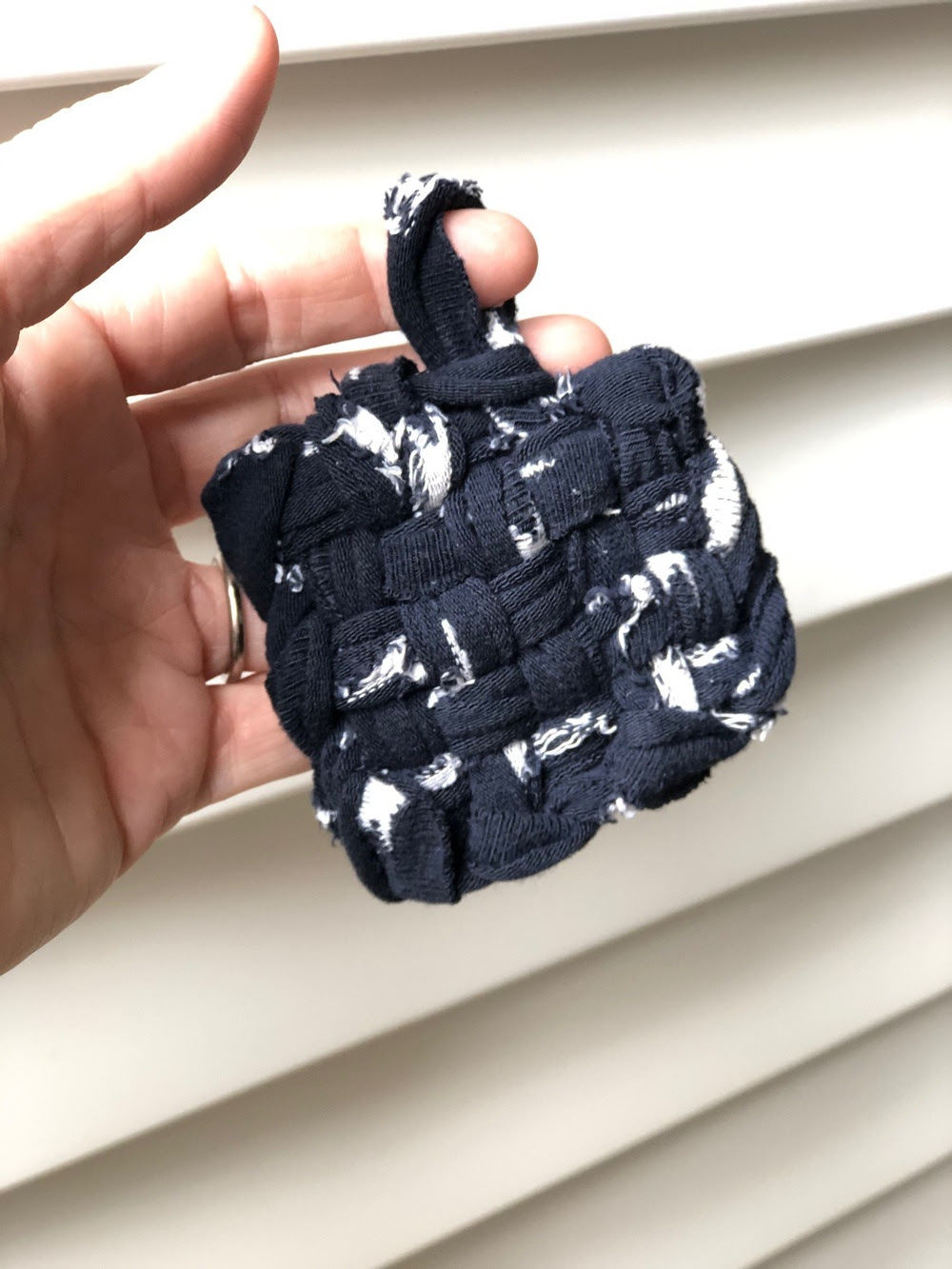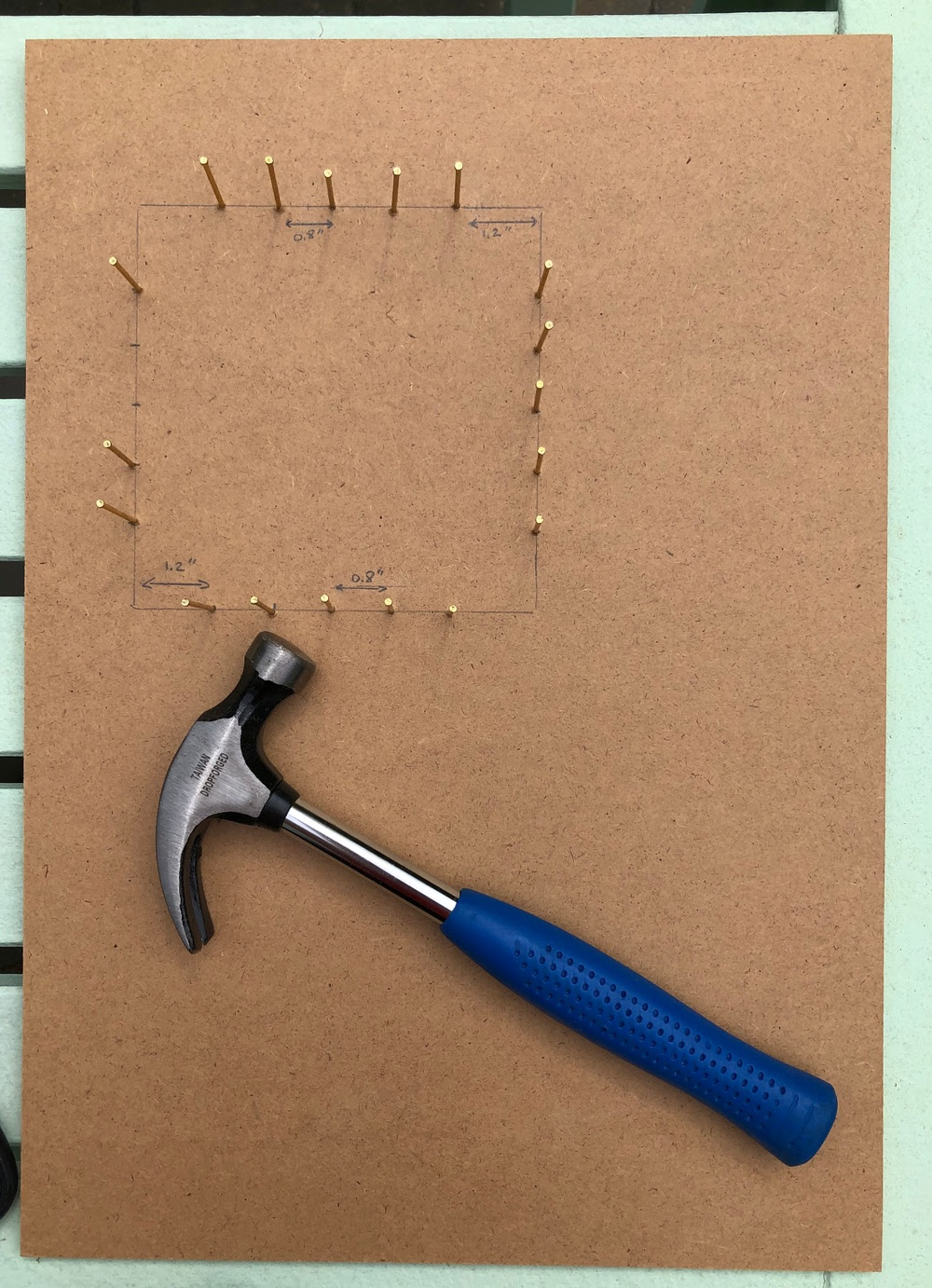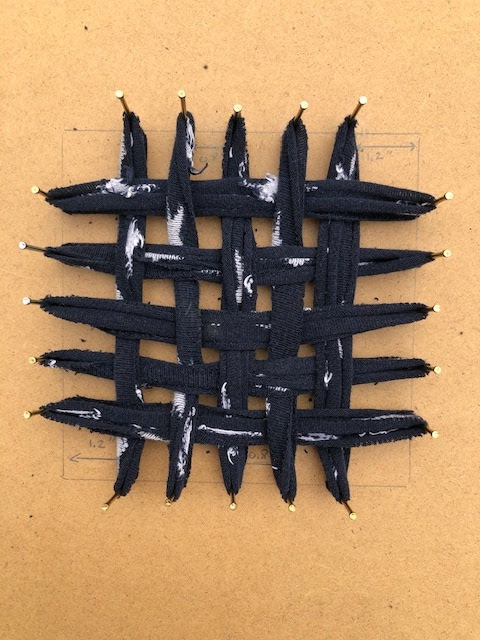
What's wrong with my sponge?
Did you know that the little rectangle you use to clean the kitchen and the bathroom is hiding some dirty secrets form you? No? I did not either!
Let me share with you what I have discovered about our sponges:
1. It smells! Why? Because about 10 million bacteria are having a fest in every square inch of your kitchen sponge, it's more than in your toilet. Gross!
2. It pollutes! Sponges are made out of plastic meaning it releases micro-plastics in our water drains. Once thrown away they stay forever in the landfills.
3. It's a recurrent waste! You keep buying new ones
4. It's impregnated with chemicals such as Triclosan, registered as an antibacterial, anti-fungal and pesticide!
So ditch the sponge and switch to a wooden brush, a hand brush, a vegetable cellulose sponge, a hemp or a coconut scourer, a loofah or make a tawashi with your old socks!
How to make a Tawashi Sponge?
A Tawashi sponge is an eco-friendly dish sponge coming from Japan which is made out of old socks.
Materials needed:
- 2 or 3 old (usually orphan) socks, ideally 100% cotton to avoid microfiber pollution
- a wooden board
- 20 flat head nails
- a hammer
- a pair of scissors
- a ruler
- a pencil
- a protractor or a try square (optional)
Instructions:
1: Draw a 5.6 inches square on your wooden board
2: Mark dots along the square, 1.2 inches between the corner and your first nail and then one dot every 0.8 inches. Once the 20 dots are marked, firmly plant your nails
3: Cut 10 strips of 1.2 inches wide into your socks
4: Attach the first 5 strips to the nail, stretch them one by one from one side to the other (see image)
5: Weave your 5 other strips, place the first one at the top and pass it on top of the other vertical strip, then under, then on top, under, on top until you hook it to the opposite side... Then take the 2 second strip, do the same, except you start by passing it under first, then on top, under and on top and so on.
6: Once the weaving is complete, close your sponge by unhooking 2 rings from their nail in a corner, pass one ring through the next ring. The second ring becomes the “first ring”. Continue this step all around your square. The last ring is used as a hook.
Et Voila!
Click here for video instructions from the Permacrafters.
So are you ready to ditch the plastic sponge and try a sustainable alternative instead?










Comments
Sonia Salas
Charlotte, NC has been lucky to have Ekologicall, a leader to living a cleaner and less wasteful lifestyle. Thank you for all the fab ideas!
July 21, 2020
Leave a comment